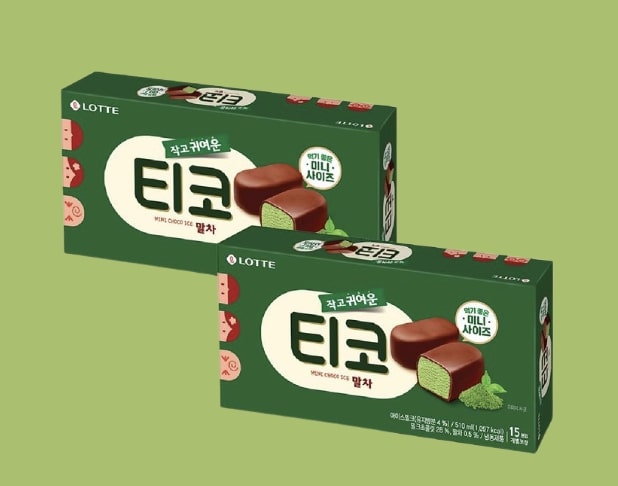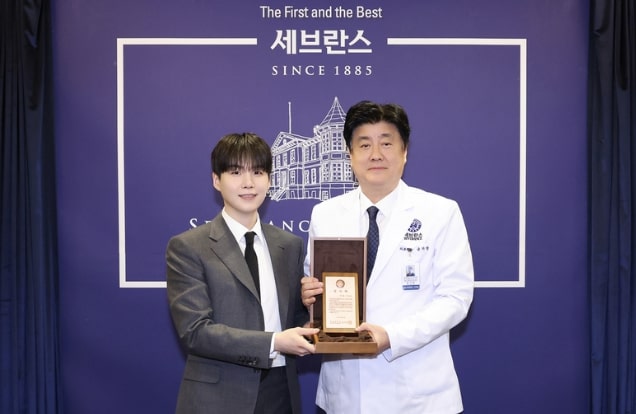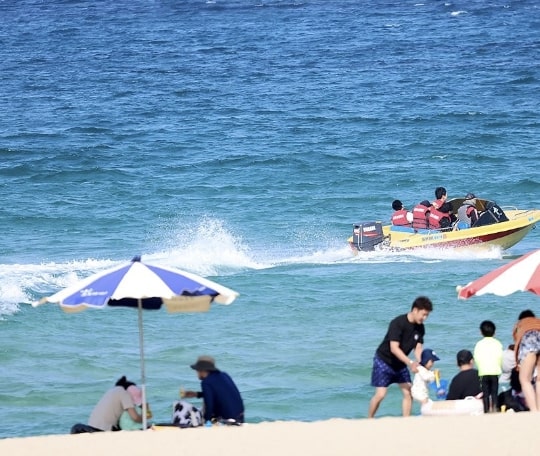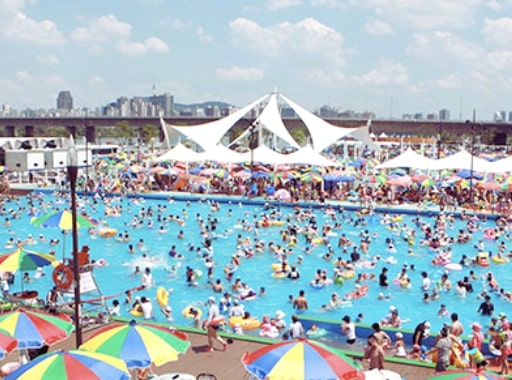
6 in 10 Koreans at ‘High Risk’ of Lonely Death

This is one of the jjobangs that 60s man has died for lonely death in Gangnam, Seoul. Photo by Yonhap News.
According to the Seoul city’s survey on ‘single-person households of low-income middle-aged and aged over 50 year olds’ (the data was compiled by Yonhap News), it was found that 36,265 (59.8%) people were found to be at high risk of lonely death. These people live in vulnerable areas such as Jjokbang and Gosiwon. (Read below for these terms)
What is ‘Lonely Death’?
‘Lonely Death,’ and also known to be ‘Solitary Death’ has become a major social issue in many countries, including Korea and Japan. This is the circumstance of dying alone at home (both natural death and suicide). Usually the dead body is found in days, weeks, or months later by local authorities or neighbors.
Some of the Survey Questions to Figure Out Risk Factors of ‘Lonely Death’
- Loss or failure in 10 years
- Experience of alcohol blackouts by oneself in 1 week
- Average number of eating alone in 1 week
- Average number of going outside in 1 week
- Average number of talking to people face to face or sending text messages in 1 week
- Do you have someone to borrow you money in an emergency?
- Do you have someone to take care of you when you are sick?
- Do you have someone to talk to when you feel down?
1 in 4 Are In Social Isolation
According to the survey, more than 90% had at least one member of the family; however, they do not talk to them at all. 43.9% responded that they have become a single household member due to divorce.

hoto of Gosiwon. Photo by Kyunghyang Newspaper.
Jjokbang and Gosiwon
‘Jjokbang’ means literally a ‘slice room.’ Normally, the house is divided into smaller spaces to take in more people. These rooms are usually located in a low-income neighborhood, and many places do not meet basic living standards.
‘Gosiwon’ means ‘off-campus dormitory.’ ‘Gosi’ means exams. In Korea, there is Gosi-chon (Gosi-village) where Korean test takers of civil service examinees stay. Notable Gosi-chon areas are located in Gwanak District because of Seoul National University. Larger rooms are divided by thin walls in Gosi-won, so you can even hear the man living next door’s burping or phone calling. This has become alternative housing for low-income people.



